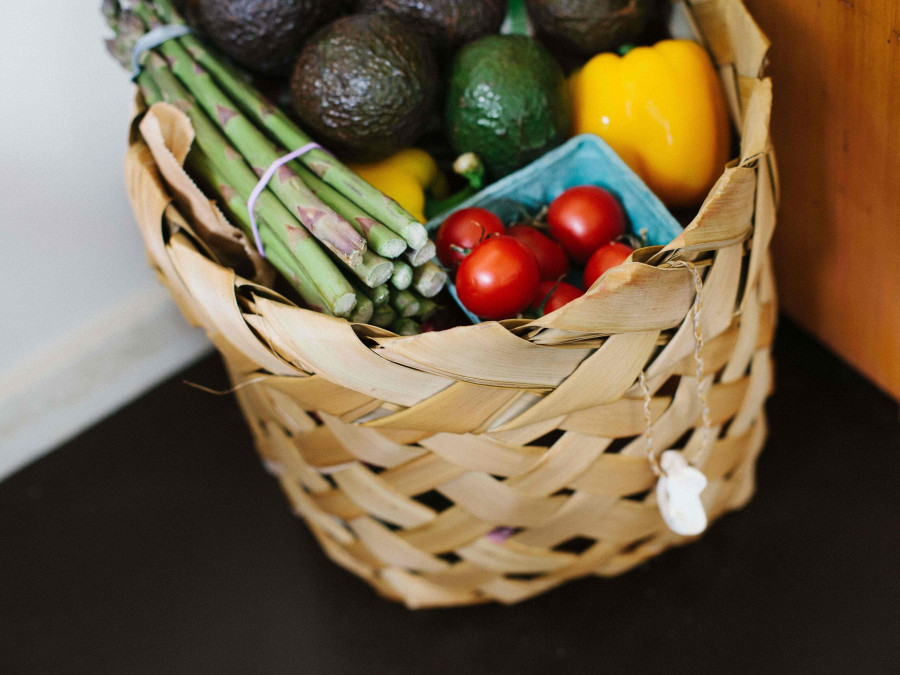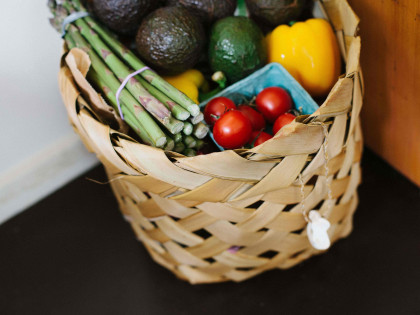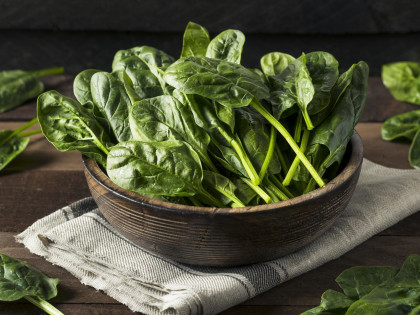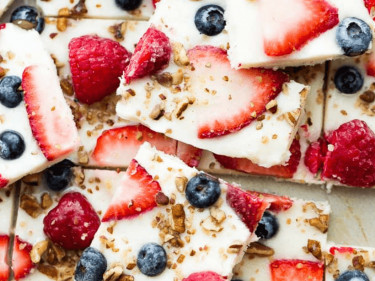It’s a widely established that fruit and vegetables are excellent for our health and known to be protective against lifestyle diseases like heart disease and diabetes. It is recommended to eat “2 fruit & 5 Veg” each and every day, but for many people this is hard to achieve.
Here are a few handy tips to help you to easily smash the "2&5" target....
If you’re struggling to eat 2 pieces of fruit, try:
- Getting your 2 serves of fruit in as snacks! Have a piece of fruit for morning or afternoon tea, or even as a dessert!
- If having just a piece of fruit seems boring, or doesn’t fill you up, find ways to make it tastier! Try adding to yoghurt to berries, putting peanut butter on apple slices or having a handful of nuts with your fruit!
- Stew fruit (try combinations of rhubarb, pears, apple, berries - whatever you like!) and add it to porridge or muesli at breakfast.
- Use frozen fruit in smoothies
- Add citrus fruits (like oranges, pomegranate) to salads for a refreshing flavour!
If you’re struggling to eat 5 serves of veggies, try:
- Adding flavour to your veggies with herbs and spices like curry powder, garlic, chilli, paprika, thyme, basil, coriander, lemon, pepper, nutritional yeast, sage, dill … it can be whatever you like!
- Try different ways to cook your veggies. Experimenting with techniques like steaming, stir frying, grilling, baking, BBQing can open up a tonne of new flavours and textures.
- Remember that legumes (peas, beans, lentils) are considered both a vegetable and a plant protein and are super versatile and can be flavoured however you like!
- Use frozen and canned veggies if you want! They are cheap, have a long storage period and are equally as nutritious as fresh veg.
- Try adding some veggies into breakfast - spinach, avocado, and zucchini are all great additions to smoothies, or having tomatoes, spinach or mushrooms with eggs instead of bacon and sausages.
- Challenge yourself to pick just one new vegetable each week (doesn’t matter if its frozen, canned, or fresh) and add it to a meal you’re making - you might be surprised to find something you like!
So, whilst 2 fruit and 5 veg might seem hard to achieve, there are plenty of small and easy changes you can make to help work towards this target.
If you’re not sure where to start, visit the Australian Guide to Healthy Eating to find out what a serve is, take our Healthy Eating Quiz to see what you can add to your diet to improve it, or check out some of our great recipes!













